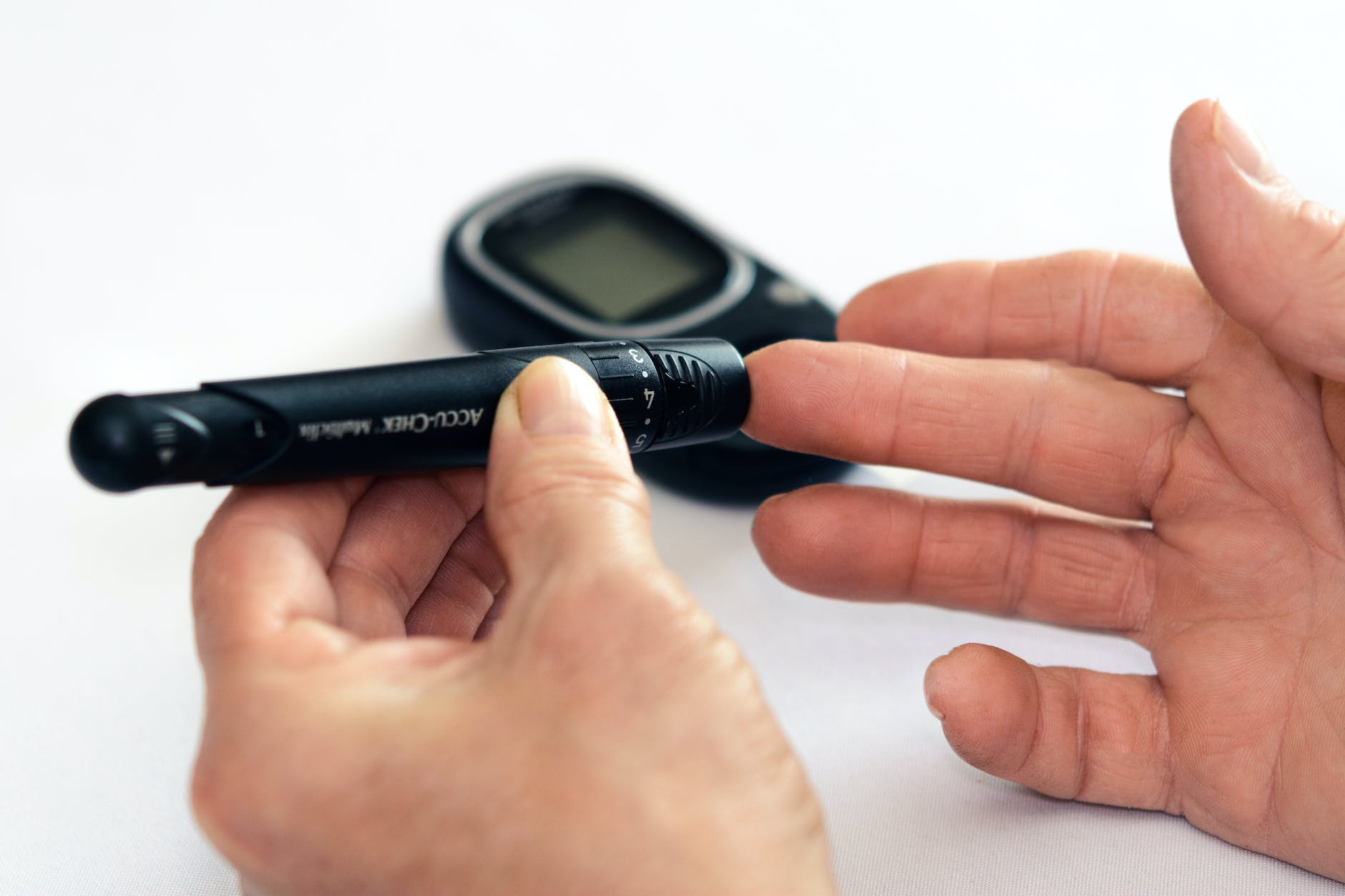Understanding Diabetes: A Comprehensive Guide


Understanding Diabetes: A Comprehensive Guide
Introduction
Welcome to our comprehensive guide on diabetes. In this article, Understanding Diabetes: A Comprehensive Guide, we will delve deep into the intricacies of this prevalent medical condition, providing you with a wealth of knowledge that will not only help you understand diabetes better but also enable you to make informed decisions regarding your health. Our aim is to deliver the best quality content, packed with valuable insights, to ensure that you are equipped with the information necessary to lead a healthy and fulfilling life. So, let's dive in!
What is Diabetes?
Diabetes is a chronic metabolic disorder that affects the way your body regulates blood sugar, or glucose. It occurs when the pancreas fails to produce enough insulin or when the body cannot effectively utilize the insulin it produces. Insulin is a hormone that helps regulate blood sugar levels, allowing glucose to enter the cells and be used as an energy source. Without sufficient insulin or proper insulin utilization, glucose accumulates in the bloodstream, leading to high blood sugar levels.
Types of Diabetes
There are several types of diabetes, each with its own distinct characteristics. The three most common types are:
- Type 1 Diabetes: This type typically develops in childhood or early adulthood. It occurs when the immune system mistakenly attacks and destroys the insulin-producing cells in the pancreas. People with type 1 diabetes require lifelong insulin therapy.
- Type 2 Diabetes: This type is the most prevalent form of diabetes, accounting for approximately 90% of all cases. It often develops later in life and is closely associated with obesity, sedentary lifestyle, and poor dietary choices. In type 2 diabetes, the body becomes resistant to insulin or fails to produce enough insulin to meet the body's needs.
- Gestational Diabetes: This type occurs during pregnancy and affects some women who have never had diabetes before. It is caused by hormonal changes during pregnancy that affect insulin function. Gestational diabetes usually resolves after childbirth, but it increases the risk of developing type 2 diabetes later in life.
Signs and Symptoms
Recognizing the signs and symptoms of diabetes is crucial for early detection and effective management. Common symptoms include:
- Frequent urination: Increased urination, especially during the night, is often an early sign of diabetes. The kidneys work harder to eliminate excess sugar in the bloodstream.
- Excessive thirst: Dehydration resulting from increased urination can cause excessive thirst.
- Unexplained weight loss: In type 1 diabetes, the body is unable to utilize glucose for energy, leading to weight loss despite increased hunger.
- Fatigue: Feeling tired or fatigued is a common symptom due to the body's inability to effectively convert glucose into energy.
- Blurred vision: High blood sugar levels can cause fluid to be pulled from the lenses of the eyes, resulting in blurry vision.
Managing Diabetes
While diabetes is a chronic condition, it can be effectively managed through various lifestyle changes and medical interventions. Here are some key strategies for managing diabetes:
- Healthy Eating: A balanced diet rich in fruits, vegetables, whole grains, lean proteins, and healthy fats is essential for managing diabetes. Monitoring carbohydrate intake and portion sizes can help regulate blood sugar levels.
- Regular Exercise: Engaging in physical activity helps improve insulin sensitivity, aids in weight management, and promotes overall well-being. Consult with your healthcare provider to determine a suitable exercise plan.
- Medication and Insulin Therapy: Depending on the type and severity of diabetes, medication and insulin therapy may be necessary to regulate blood sugar levels effectively. It is crucial to follow the prescribed treatment plan and monitor blood glucose regularly.
- Blood Sugar Monitoring: Regular monitoring of blood sugar levels allows individuals to track their progress, identify patterns, and make necessary adjustments to their treatment plans.
Preventing Diabetes
While certain risk factors for diabetes, such as genetics and family history, cannot be changed, there are steps you can take to reduce the risk of developing the condition:
- Maintain a Healthy Weight: Excess weight, especially around the waistline, increases the risk of developing type 2 diabetes. Adopting a healthy eating plan and engaging in regular physical activity can help achieve and maintain a healthy weight.
- Choose Healthy Foods: Opt for whole grains, fruits, vegetables, lean proteins, and healthy fats while avoiding sugary beverages, processed foods, and excessive consumption of refined carbohydrates.
- Stay Active: Regular exercise, such as walking, swimming, or cycling, can help prevent or delay the onset of type 2 diabetes. Aim for at least 150 minutes of moderate-intensity aerobic activity per week.
- Get Regular Check-ups: Routine medical check-ups allow for early detection of prediabetes and prompt intervention to prevent or delay the onset of diabetes.
Conclusion
Diabetes is a complex and challenging condition, but with the right knowledge and proactive management, individuals can lead healthy and fulfilling lives. Our comprehensive guide has provided you with an in-depth understanding of diabetes, its types, signs and symptoms, management strategies, and preventive measures. Remember, knowledge is power, and by implementing the information shared here, you can take control of your health and well-being. https://diabetescure4u.com/
Diabetes: What You Need to Know as You Age
- What You Must Know About Diabetes?
- How To Cure Diabetes Permanently Without Medicine #shivangidesaireels #bloodsugar #shortvideo
- Understanding A1C: The Ultimate Guide to Measurement and Monitoring
- Understanding Type 1 Diabetes: A Comprehensive Guide
- Understanding Blood Sugar Levels and Their Significance

